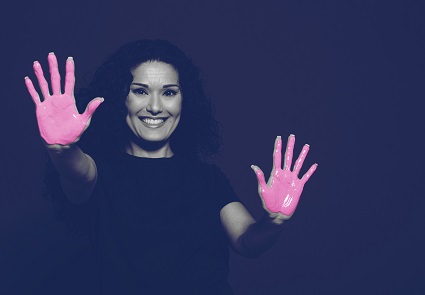3-D Mammography: How It Works
 Imaging has come a long way since the first X-ray. More specifically, mammography has gone through several evolutions to help give doctors and patients a clearer picture, which could lead to an early diagnosis. If discovered in its earliest stages, the chances of surviving breast cancer are good.
Imaging has come a long way since the first X-ray. More specifically, mammography has gone through several evolutions to help give doctors and patients a clearer picture, which could lead to an early diagnosis. If discovered in its earliest stages, the chances of surviving breast cancer are good.
Until recently, digital mammography was used as a method of early detection. Digital mammography used a specially designed camera and computer to produce an image on a high-resolution monitor. While this is still a widely practiced diagnostic test, a two-dimensional image can make it difficult to see tiny spots called microcalcifications, which can be an early sign of breast cancer.
The benefit of 3-D mammography, or breast tomosynthesis, is that it allows all layers of breast tissue to be examined, one at a time. The breast is positioned in the same way as a conventional mammogram and a small amount of pressure is applied to keep the breast steady while the image is taken. In 7 short seconds, 11 images are taken, which form a clear, highly focused 3-dimensional image.
This technique has offered a variety of benefits including a more comfortable exam, an improvement in lesion size and a decrease in secondary scans or biopsies.
3-D mammography has been approved by the Food and Drug Administration and is available at most of BayCare’s breast imaging locations.
Ask your doctor for more information about 3-D tomosynthesis mammography and check with your insurance company to find out if it covers 3-D mammography for breast cancer screening.

